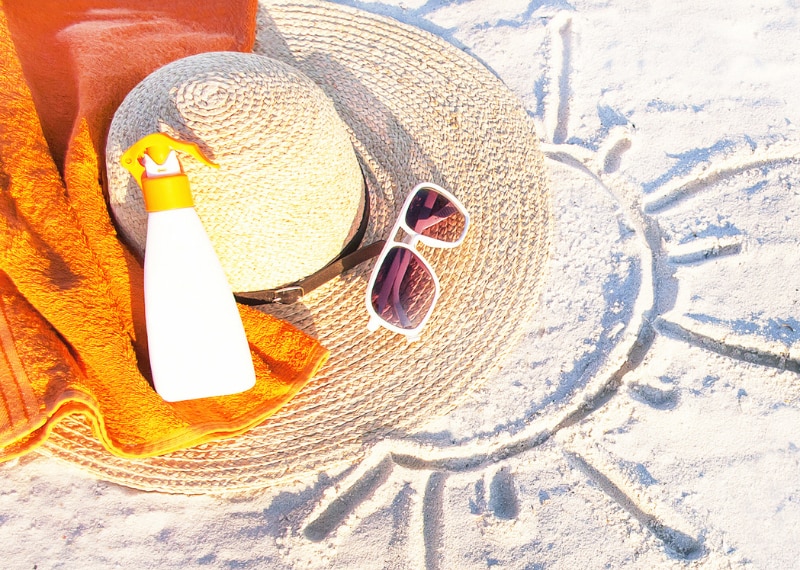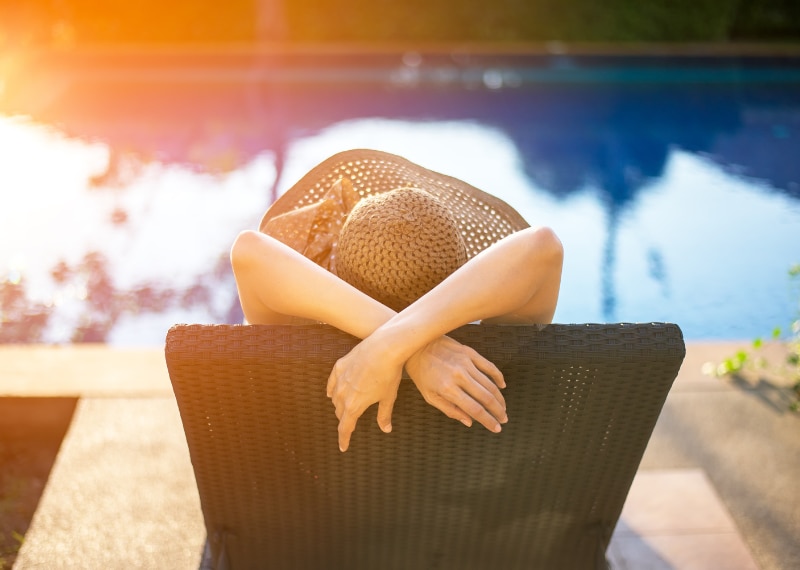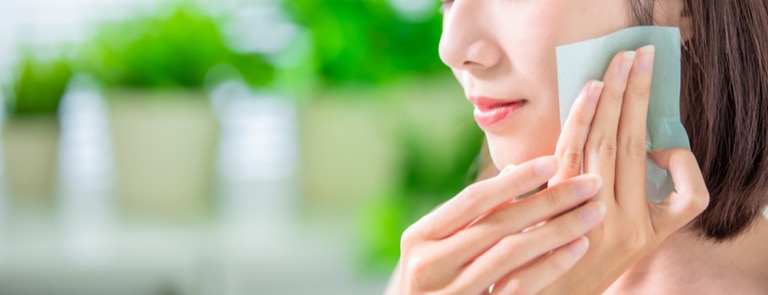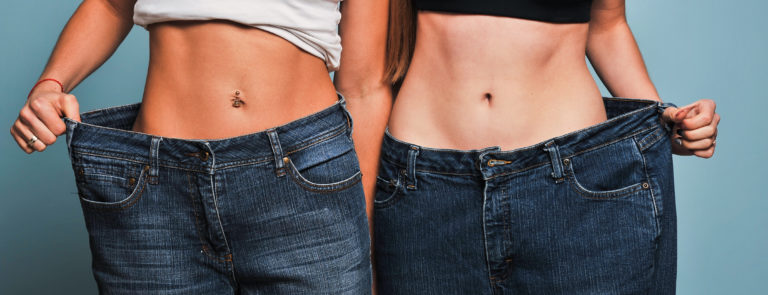10% off £30 OR 15% off £40
Sunbathing and tanning: How to do it safely

Is it possible to protect your skin and get your glow on?
For us Brits, being told not to sunbathe is up there with limiting ourselves to one sangria on the first night of our holiday – it’s just not going to happen. And who can blame us?
After months and months of grey skies, we jump at the chance to top up depleted vitamin D levels and bask on the beach or local park. We know it’s not the best thing for us (age spots anyone?), but we’re guaranteed to throw caution to the wind and strip down anyway.
But on the flip side, there is a real danger from too much sun exposure – it’s the leading cause of preventable skin cancer. So, while there is not yet a known “officially safe” way of tanning, the best way to go about getting your glow is to give your skin everything it needs to help it protect itself while you catch some rays.
Find out what sunbathing is, the risks of sunbathing, the science behind sun tanning and nine top tips for doing it safely, in our guide below.
What is sunbathing?
Before we delve into our tips for tanning safe, what actually is sunbathing? And what does it do to our skin?
Essentially, when we sunbathe we are simply lying in the sun (usually with the intention of achieving a golden glow) and exposing our skin to the sun’s UV rays.
If done safely, this may bring about some health benefits, like helping with vitamin D and potentially reducing feelings of symptoms associated with depression.1


Dangers of the sun
As well as knowing what sunbathing is, it is important to understand some of the dangers of the sun and the impact it can have on your health. So, is sunbathing bad for you?
If you spend too long in the sun, without the right protection you could experience these side effects:
- Sun rash: Also known as heat rash, this is where your skin can become inflamed, red and itchy and can cause mild discomfort. While it can last for up to two weeks, sun rash will heal without scarring.2
- Sunburn: This is a common side effect of sunbathing that has caught a lot of us out. Severe cases of sunburn may also lead to malignant melanoma later in life.3
- Heat exhaustion: While spending all day relaxing in the sun may be tempting, spending prolonged periods of time in sunlight may lead to heat exhaustion. This is where your body is working hard to regulate your temperature and keep it at a consistent level – leading to feelings of dizziness and nausea.4
Why do we get sun tans?
Ever wondered what the science behind a sun tan is? And why our skin changes colour? We’ve got the answer.
A sun tan is essentially your body protecting itself from the sun’s UV rays by boosting your melanin levels. This pigment then oxidizes which is what darkens your skin tone. Also, if you’re consistently hitting the sun lounger, these cells will move closer to the surface of your skin, produce more melanin and make your skin darker.5
Summary
- Sunbathing is when we expose our skin to the sun’s UV rays in order to darken our skin
- Sunbathing done incorrectly may cause sun rash, sun burn and heat exhaustion
- We get tans as our bodies produce more melanin in a bid to protect ourselves
9 tips for safe tanning
Now you know all about sunbathing, we’ll run you through nine handy tips for tanning safely. From choosing the right kind of SPF to tanning in the shade, find more information below.
1. The right cream
Check out the label – you need a broad-spectrum sunscreen when sunbathing. This means it protects against both ultraviolet A and B (UVA and UVB) rays.
Looking into them in more detail, UVB rays are the type that cause sunburn and potentially lead to skin cancers, including malignant melanoma.
UVA rays penetrate deeper into your skin, and can cause premature signs of ageing such as wrinkles and sun spots.6
And know your SPF. When choosing the right kind of sun cream, here’s what you have to consider.7
| Skin Tone | |||||
|---|---|---|---|---|---|
| Hours spent in sun | Very fair | Fair | Light | Medium | Dark |
| 1 | SPF 30 | SPF 15 | SPF 15 | SPF 8-14 | SPF 8-14 |
| 2 | SPF 30 | SPF 30 | SPF 30 | SPF 15 | SPF 8-14 |
| 3 | SPF 50 | SPF 50 | SPF 30 | SPF 15 | SPF 15 |
| 4 | SPF 50-100 | SPF 50 | SPF 30 | SPF 30 | SPF 15 |
| 5 | SPF 50-100 | SPF 50-100 | SPF 50-100 | SPF 50 | SPF 30 |
SPF 15 filters out around 93 per cent of UVB rays; SPF 30 keeps out 97 per cent and SPF 50 keeps out 98.
They may seem like small differences, but those extra percentages can have a significant effect on premature ageing and skin cancer risk8.
2. Apply it correctly
In order to achieve maximum protection from your sunscreen, make sure to apply it 15 to 30 minutes before going out into the sun.
Another key to safe tanning is to keep your sunscreen topped up, especially if you’re going to be staying out for a while.
So remember to reapply 15 to 30 minutes after you start tanning, not the previous “every two hours” advice, as doing so will reduce your ultraviolet exposure from 60 to 85 percent that would be received compared to topping up your sunscreen were every two hours!8
Planning to go for a dip at the beach or do some exercise in the sun? Make sure you’re fully covered and re-apply whenever you get sweaty, after towelling or have been in the water.
Handpicked content: How to protect your scalp from the sun


3. Build it gradually
Resist the tempting lure of binge tanning.
Not only will your tan last longer, you’ll also lower your risk of skin cancer, which is higher in people who have intense, intermittent exposure than those who are outdoors most of the time.9
Little and often is the way forward, gradually building up. Start with 15-30 minutes each side (depending on how fair or dark your skin is). And to ensure your tan is even from the get go, try using a body exfoliator prior to tanning.
4. Drink up
But not alcohol, because you want your skin to be as hydrated as possible after a day being parched at the beach.
Dry, dehydrated skin can look wrinkly as it tans, which, let’s face it, is not exactly the look we’re going for here. Make sure you stay hydrated by drinking plenty of water throughout the day.
Handpicked content: The 7 skin method for dehydrated skin
5. Tanning in the shade
6. Fake it to make it
To be totally safe and avoid any risk of burning, ditch sunbathing altogether and invest in a good quality bottle of fake tan, which allows you to build up colour gradually, and will take you from pale to golden quicker than sun-worshipping will!
Handpicked content: Top tips for staying healthy on holiday
7. Know when it is the best time to sunbathe
Are you wondering, ‘what is the best time to sunbathe’? To avoid burning straight away, it’s best to stay out of the sun from 10am-3pm – this is particularly important if you have fairer skin.
Any time when the sun is shining outside of those hours, the sun’s rays won’t be as strong meaning you can have a better chance of tanning in a sustainable way.
8. Choose the right time
As well as avoiding the hours when the sun is at its peak, it’s important to not stay in direct sunlight for hours on end. Use a timer so you’re not tempted to “cheat” over your sun tanning time.
Equally, your body will stop producing melanin after a certain amount of time – so the hours spent in the sun after this may be damaging your skin rather than tanning it.
9. Don’t forget your accessories
Sunglasses and shades aren’t just fashion accessories. While they can make you feel like a film star, they’re actually a handy tool to help you stay safe while sunbathing.
Sunglasses are often designed to protect your eyes from UV damage, which may then lead to cataracts. And a sunhat is ideal for keeping the delicate skin on your scalp free from sunburn.
Summary
- Wear the right kind of SPF
- Keep it topped up
- Build up your sun exposure gradually each day
- Stay hydrated
- Try fake tanning to boost your colour
- Avoid peak times when the sun is at its strongest
- Remember to wear a sunhat and sunglasses


Is it healthy to sunbathe?
If you’re following advice like ours on how to sunbathe in a safe way, there are some potential health benefits you may experience. Learn about some of the key benefits of sunbathing below:
- Can support vitamin D levels. Exposure to sunlight is one of the ways we can help support our vitamin D levels – one of the key vitamins for keeping our teeth, bones and muscles healthy.
- Can support our serotonin levels. Also known as the happy hormone, exposure to the sun has been linked to increased levels of the serotonin hormone, which may help with some of the symptoms of depression.
- Can improve our sleep quality. When sunlight hits our eyes when sunbathing, a signal is sent to the pineal gland in the brain, so the production of melatonin (the hormone that helps us to sleep) stops until night time. This then means that when night time does come around, a clearer message is sent to our brain that it’s time to sleep. All of this then contributes to a healthier sleep schedule.
How do you sunbathe?
We’ve explored all about safe tanning in our guide, so now all you need to know is how to get set up to soak up some rays in a safe way.
Once you’ve applied your sunscreen (15-30 minutes before sun exposure), make sure you’re wearing some light clothing so you don’t overheat, or even some swimwear if you’re heading to the beach!
Find a comfy spot where you have access to the shade nearby, plenty of water on hand, timer set and get relaxing!
Now you know all you need to about how to sunbathe safely, from choosing the right kind of sunscreen (with the most appropriate SPF for your skin tone) to the risks and health benefits, you’re all set to kick back, relax and work on your summer glow.
To sum up
- Sunbathing has a range of health benefits, from physical to mental
- Sunbathing safely is possible if you’re informed on which SPF to use and remember to keep it topped up
- Safe suntanning is easy as long as you’re by the shade and have access to water


The advice in this article is for information only and should not replace medical care. Please check with your GP or healthcare professional before trying any supplements, treatments or remedies. Food supplements must not be used as a substitute for a varied and balanced diet and a healthy lifestyle.
- https://www.ncbi.nlm.nih.gov/pmc/articles/PMC2908269/
- https://www.nhs.uk/conditions/polymorphic-light-eruption/
- https://www.skincancer.org/risk-factors/sunburn/
- https://patient.info/skin-conditions/sun-and-sunburn/heat-exhaustion-and-heat-stroke
- https://www.fda.gov/radiation-emitting-products/tanning/risks-tanning
- https://uihc.org/health-topics/what-difference-between-uva-and-uvb-rays
- https://www.sunscreensafety.info/spf/spf-chart/
- https://www.skincancer.org/skin-cancer-prevention/sun-protection/sunscreen/
- https://www.medicaldaily.com/four-safe-tanning-tips-healthy-summer-glow-246439













